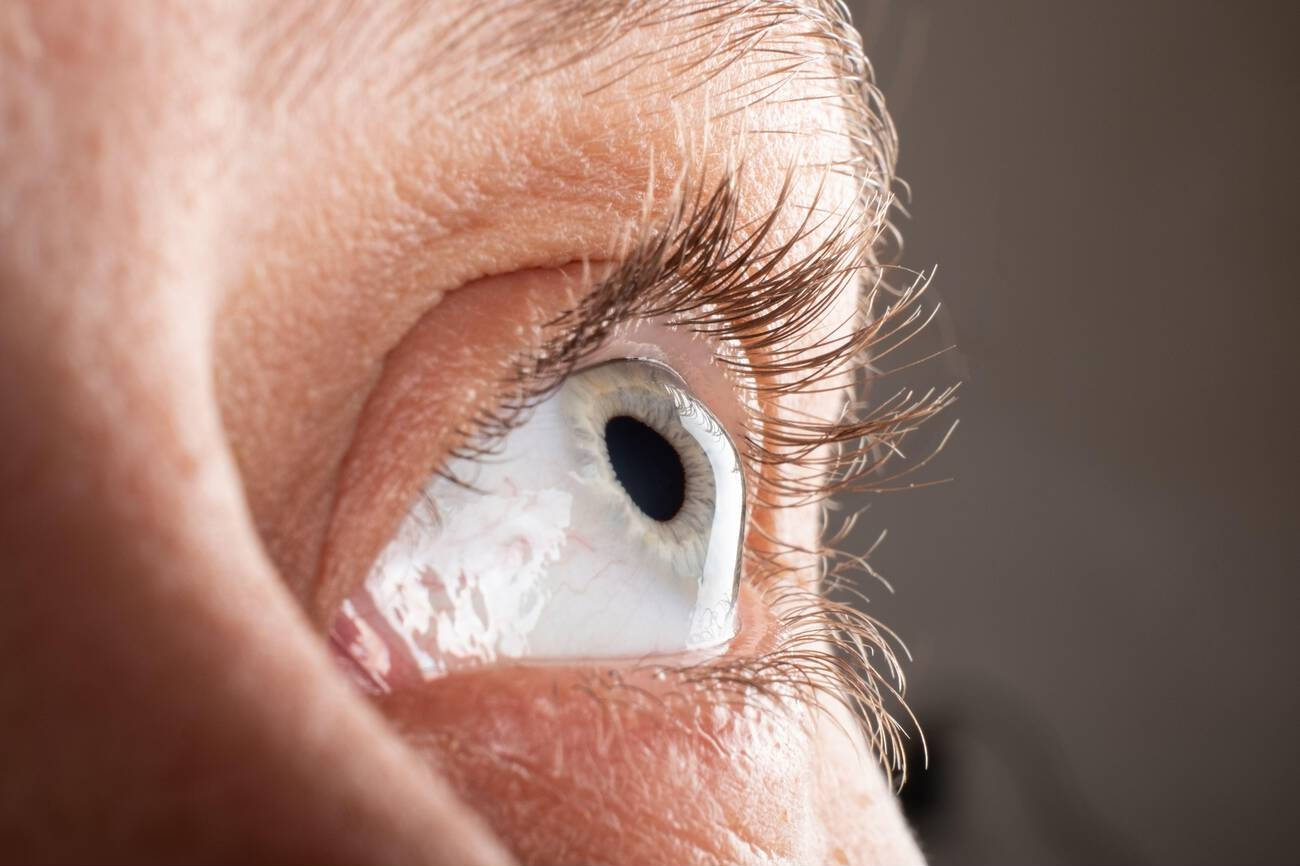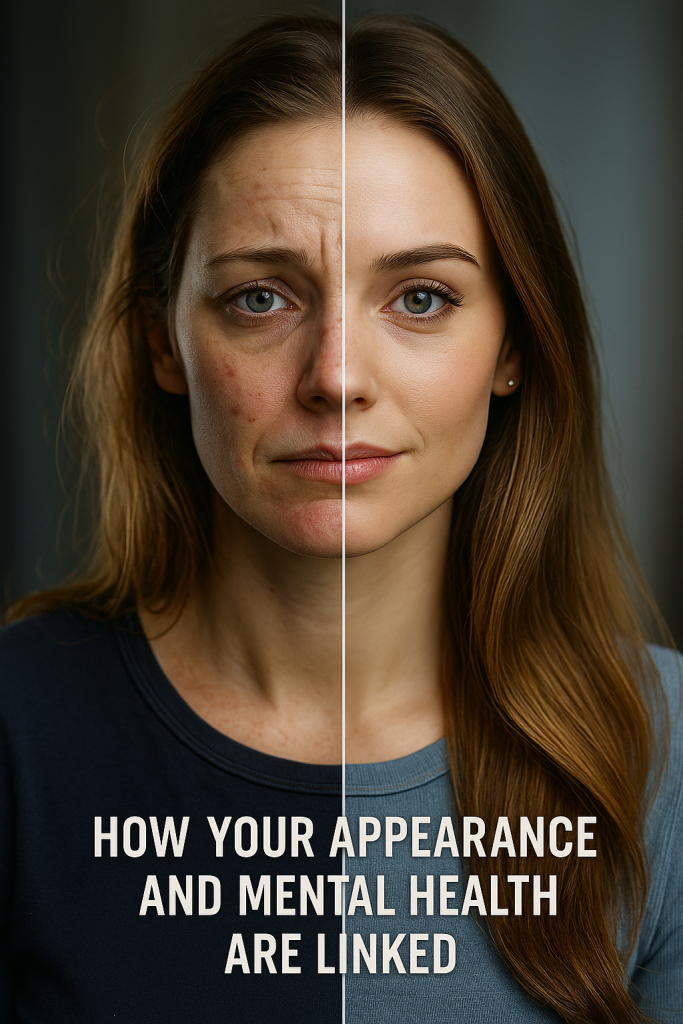Are you living with keratoconus? Do you struggle with blurred vision, sensitivity to light, and difficulty seeing distant objects clearly? If so, understanding the causes, symptoms, and treatment options for this eye disorder is crucial. Keratoconus occurs when the cornea becomes thin and cone-shaped, affecting both eyes. Factors like vigorous eye rubbing or a family history can increase your risk. Early diagnosis is key for effective management. From eyeglasses to surgery, there are various treatment options available to help restore your vision.
What Is Keratoconus
Keratoconus is an eye disorder that causes progressive thinning and changes in the shape of your cornea, leading to blurry or distorted vision. The symptoms of keratoconus include blurred or distorted vision, increased sensitivity to glare and light, difficulty seeing distant objects clearly, halos and flaring around lights (especially at night), and frequent changes in glasses or contact lens prescription. One of the main indicators of keratoconus is corneal thinning, which can result in a thin cornea. This thinning can lead to the cone-like shape that characterizes this condition. If you experience any of these symptoms or suspect you may have keratoconus, it is important to see an optometrist or doctor for a thorough examination.
Understanding the Causes of Keratoconus
Researchers believe that the exact cause of keratoconus may involve a genetic component. While the underlying mechanism is not fully understood, there are several risk factors that may contribute to the development of this condition. Factors such as vigorous eye rubbing, a family history of keratoconus, and certain allergic conditions like asthma and eczema can increase your chances of developing keratoconus. Additionally, disorders like Down syndrome and Ehlers-Danlos syndrome have been linked to this condition. It’s important to note that inflammation from allergies or eye diseases can also play a role in the breakdown of corneal tissue. If you notice changes in your vision, it’s essential to see an optometrist or doctor for an evaluation. They will refer you to an eye specialist (ophthalmologist) who will conduct tests to determine if you have keratoconus.
| Causes and Risk Factors | Symptoms and Diagnosis |
|---|---|
| Vigorous eye rubbing | Blurred or distorted vision |
| Family history of keratoconus | Increased sensitivity to glare and light |
| Allergic conditions | Difficulty seeing distant objects clearly |
| Down syndrome | Halos and flaring around light, especially at night |
| Ehlers-Danlos syndrome | Frequent changes in glasses or contact lens prescription |
Understanding these causes and risk factors can help healthcare professionals diagnose and manage keratoconus effectively. By identifying these factors early on, they can provide appropriate treatment options such as eyeglasses, soft contact lenses, or more advanced interventions like corneal collagen cross-linking or surgery when necessary. Remember to seek support from resources like Keratoconus Australia for additional information on living with this condition.
Recognizing the Symptoms of Keratoconus
It’s crucial to be aware of the signs and symptoms associated with keratoconus. This condition affects the shape of your cornea, leading to distorted vision and other visual issues. Here are three key symptoms to watch out for:
- Blurred or distorted vision: You may experience difficulty seeing clearly, with objects appearing blurry or distorted.
- Increased sensitivity to glare and light: Bright lights can cause discomfort and make it challenging to see properly.
- Difficulty seeing distant objects clearly: Your ability to focus on faraway objects may be impaired, making tasks like driving or reading street signs more difficult.
If you notice any of these symptoms, it’s important to seek medical attention from an optometrist or ophthalmologist for proper diagnosis and treatment options. Don’t ignore potential signs of keratoconus; early detection can lead to better management of the condition.
Importance of Early Diagnosis for Keratoconus
If you experience blurred or distorted vision, increased sensitivity to glare and light, or difficulty seeing distant objects clearly, it’s important for you to seek early diagnosis from an optometrist or ophthalmologist. These symptoms may indicate the presence of keratoconus, a progressive eye disorder that affects the shape of your cornea. By obtaining an early diagnosis, you can better manage the condition and prevent further vision deterioration. An optometrist or ophthalmologist will conduct various tests to determine if you have keratoconus, such as corneal topography and visual acuity exams. They will then provide appropriate treatment options tailored to your specific needs. Remember, early intervention is key in managing keratoconus effectively and preserving your visual health. Don’t hesitate to schedule an appointment with an eye care professional if you notice any changes in your vision.
Treatment Options for Living With Keratoconus
Glasses and contact lenses are commonly prescribed as initial treatment options for managing keratoconus. These options can help improve your vision and provide you with the clarity you need to navigate through daily life. Here are three ways in which glasses and contact lenses can make a difference:
- Enhanced Visual Acuity: By wearing glasses or contact lenses, you can correct the refractive errors caused by keratoconus, such as astigmatism and nearsightedness. This allows you to see objects clearly and sharply, minimizing any blurriness or distortion.
- Increased Comfort: The right pair of glasses or properly fitted contact lenses can alleviate discomfort associated with keratoconus. They provide a comfortable fit that allows your eyes to breathe while ensuring optimal visual correction.
- Improved Quality of Life: With improved vision, you’ll be able to fully participate in activities that matter to you – whether it’s reading, driving, or enjoying outdoor adventures. Glasses and contact lenses enable you to live life on your terms, without letting keratoconus hold you back.
Managing Vision Changes With Keratoconus
Now that you have learned about the treatment options for living with keratoconus, let’s discuss how to manage the vision changes associated with this condition. When dealing with keratoconus, it is important to understand that changes in corneal shape can affect your vision. This may require you to rely on glasses or contact lenses for clear vision. LASIK surgery is not recommended as it can worsen the condition. In more severe cases, corneal transplant surgery may be necessary to restore your vision. Common vision changes include irregular astigmatism and nearsightedness, which can cause wavy or distorted vision. You may also experience blurry vision, halos around bright lights, and multiple ghost images. Regular eye exams and early diagnosis are crucial for effective management of keratoconus.
Risk Factors for Developing Keratoconus
To understand your risk of developing keratoconus, it is important to consider genetic predisposition and environmental factors.
- Genetic Predisposition: If you have a family history of keratoconus, your risk of developing the condition increases. This means that if your parents or siblings have been diagnosed with keratoconus, you may be more susceptible to it as well.
- Environmental Factors: Certain habits and conditions can also contribute to the development of keratoconus. Vigorous eye rubbing, particularly when done frequently or forcefully, can put stress on the cornea and increase the risk. Additionally, allergic conditions like asthma and eczema have been associated with an increased likelihood of developing keratoconus.
Similar Conditions to Keratoconus
If you experience thinning or abnormalities of the cornea, there are several conditions that can resemble keratoconus, such as pellucid marginal degeneration, keratoglobus, interstitial keratitis, and corneal dystrophies. These conditions also involve thinning or abnormalities of the cornea. Here is a table that provides a comparison between these conditions and keratoconus:
| Condition | Corneal Thinning | Abnormalities |
|---|---|---|
| Pellucid Marginal Degeneration | Yes | No |
| Keratoglobus | Yes | Yes |
| Interstitial Keratitis | Yes | No |
| Corneal Dystrophies | Varies depending on type | Varies depending on type |
It is important to consult with an eye specialist if you experience any changes in your vision or have concerns about the health of your cornea. They will be able to provide a proper diagnosis and recommend appropriate treatment options based on your specific condition.
Diagnostic Tests for Keratoconus
You should consult with an eye specialist to undergo diagnostic tests for keratoconus. It is important to get a proper diagnosis and understanding of your condition in order to receive appropriate treatment. Diagnostic tests can help determine the severity of your keratoconus and guide your healthcare provider in developing a personalized treatment plan. Here are three reasons why undergoing these tests is crucial:
- Accuracy: Diagnostic tests provide accurate information about the shape and condition of your cornea, allowing for a precise diagnosis of keratoconus.
- Treatment Planning: The results of these tests will help your eye specialist determine the most suitable treatment options for you, whether it’s glasses, contact lenses, or advanced surgical interventions.
- Progress Monitoring: Regular follow-up diagnostic tests can track the progression of keratoconus over time, ensuring that your treatment remains effective and adjusted as needed.
Exploring Clinical Trials for Keratoconus Treatment
Exploring clinical trials can provide potential options for the treatment of keratoconus. By participating in these trials, you have the opportunity to access innovative treatments that may not be available through traditional methods. Clinical trials involve rigorous testing and monitoring of new therapies or procedures to evaluate their safety and effectiveness. These trials aim to advance medical knowledge and improve patient outcomes. If you decide to participate, you will be closely monitored by a team of healthcare professionals who will guide you through the process. It’s important to weigh the potential benefits against any risks or side effects associated with the trial. Discussing your options with your doctor can help determine if clinical trials are a suitable choice for your keratoconus treatment journey.




